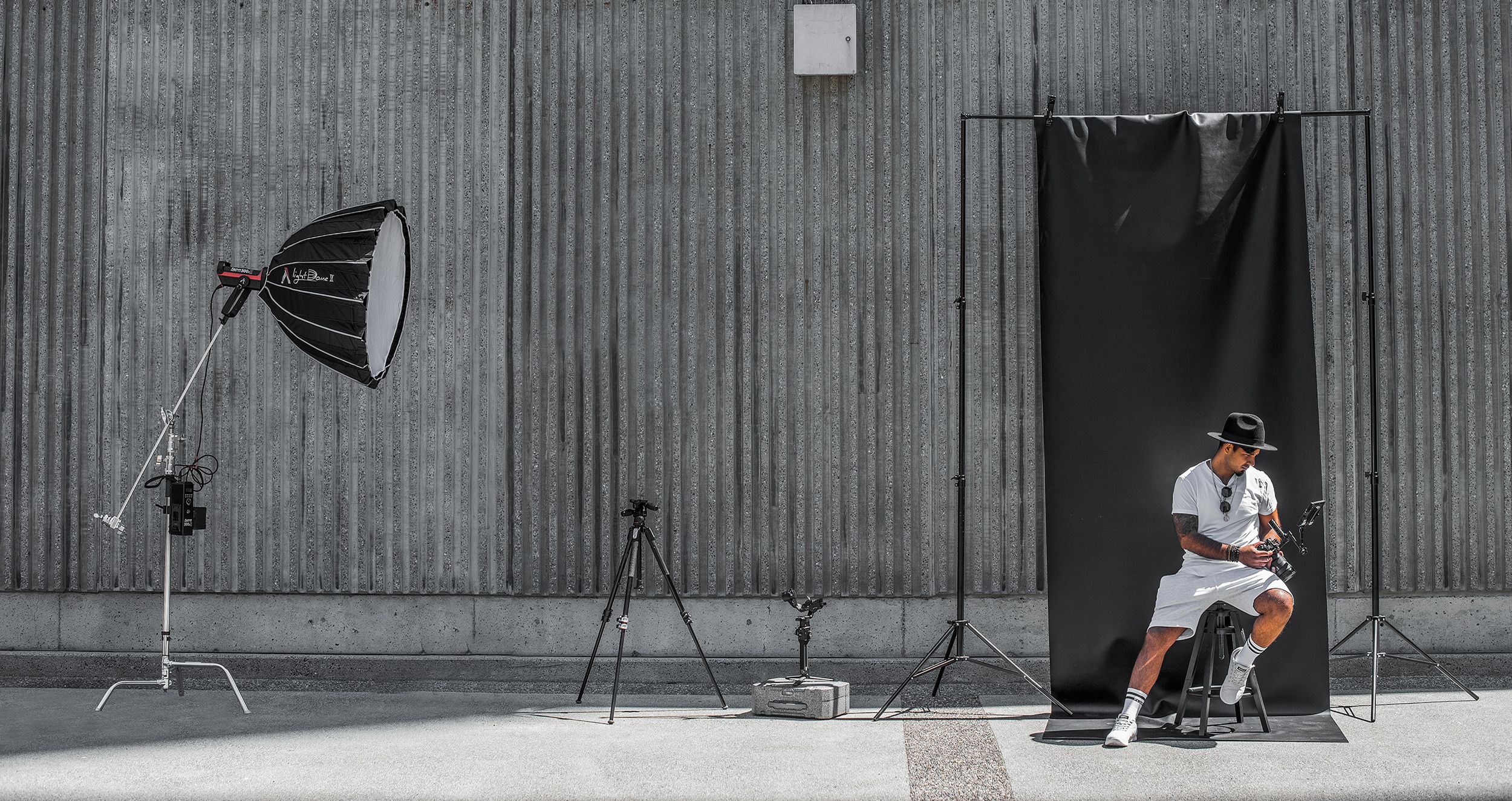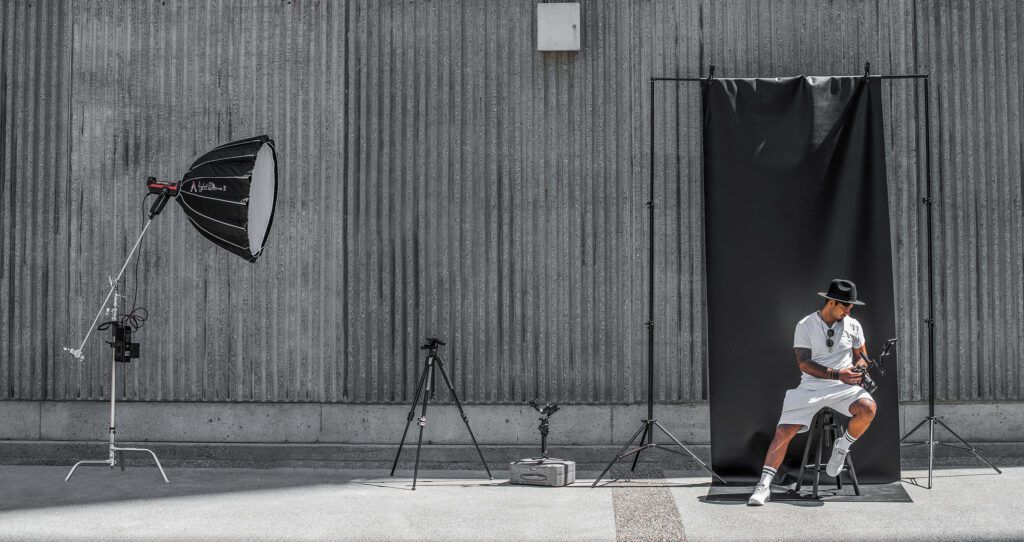Whether getting ready to photograph a wedding, a senior portrait, or a location, it pays to be prepared – literally. Prepared photographers make more money. Coming into the shoot organized means that you give your clients your full attention during the photoshoot. Control what you can and limit what can go wrong. When the inevitable happens and something does not go to plan, you are ready with a solution. You feel confident and so does your client. A happy client is a repeat client!
In this guide, we will cover what should be on your photoshoot prep checklist. Having a checklist ensures that you do not forget something important, and you can move seamlessly from one photoshoot to another. Most importantly, you can go into the photoshoot focused on making beautiful images.
Let’s start with an overview of our checklist. We will fill in the details as we go.
Recommended Reading: Want a simple way to learn and master photography on the go? Grab our set of 44 printable Snap Cards for reference when you’re out shooting. They cover camera settings, camera techniques, and so much more. Check it out here.
Photoshoot Prep Checklist
- Collect supplies, equipment, and gear
- Prepare equipment and gear
- Confirm project details and expectations
- Scout location
- Plan backup
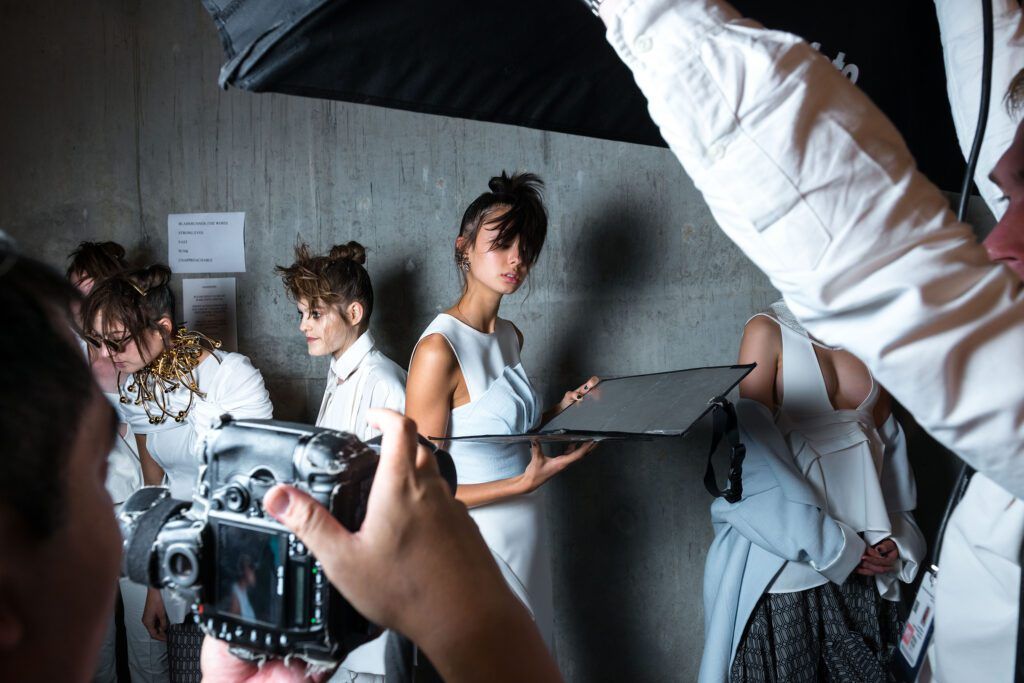
Collect Supplies, Equipment, and Gear
Start by collecting all the equipment and gear you will need for the photoshoot. Put it all in one place and, if possible, in one camera bag. You are less likely to forget something. Decide on the lens or lenses you will need. Clean the lenses, charge the batteries, and format the SD cards. Also, gather all the lighting equipment that you will need. This includes stands, umbrellas, and brackets.
Now, turn your attention to backup equipment. There is a saying, “Two is one and one is none.” It is better to have two of something than none at all. You want your photoshoot to go perfectly. But when it doesn’t, be prepared with a backup. Bring an extra camera, even if it is not as good as your main camera. Have another lens, lots of batteries, and spare lights. Your backup gear may be limited, but at least it will be there.
If your photoshoot involves people, think about the comfort of your clients. Non-professional models may not think to bring water or bug spray. You may want to pack a small mirror and an extra comb.
Take a moment and think about your comfort and look. You want to wear comfortable clothes and good footwear. Dress in layers, nothing too hot or cold. You want to be comfortable, but you also want to dress nicely. You are trying to make your clients look good and you want to project this in your attire.
Your supplies, equipment, and gear checklist may start to look like this:
Collect Supplies, Equipment, and Gear
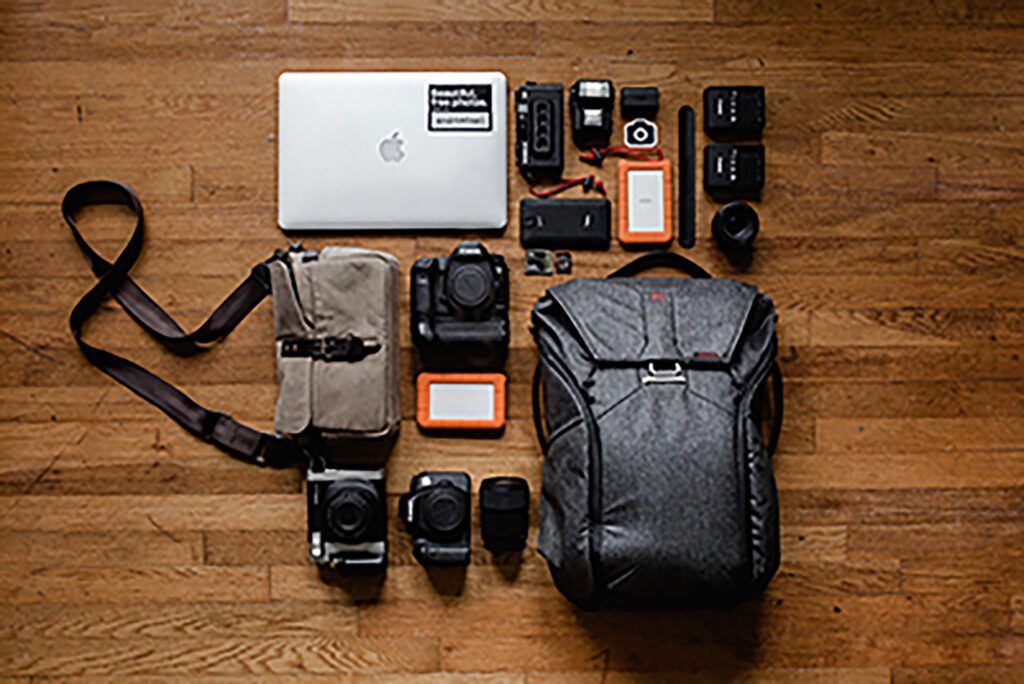
- Camera
- Lens(es)
- Backup camera
- Backup lens(es)
- Formatted SD cards
- Charged batteries
- Lighting equipment
- Batteries and cables for lighting equipment
- Light stands
- Water
- Photoshoot outfit
Prepare Gear and Equipment
Collecting your gear is the first step, but getting your gear and equipment ready for the photoshoot is equally important. You do not want to be thinking about your camera settings or gear at the time. You want to be thinking about composition, interacting with your client, and capturing a beautiful moment.
Dial-in the camera settings you will need for the location. Be ready to pull the camera out of the bag and start making images. If your shoot has different locations, like a wedding, know what settings you need for each. It might help to create a list. It is easy to move locations and forget to check your camera settings. A slow shutter speed shows as motion blur and makes everything out of focus. A high ISO creates grainy images.
If you are using external lights, know how these affect your camera settings. Practice with any unfamiliar equipment in advance. If you are using an external flash, make sure you know how it works. The same goes for light stands. Struggling with your equipment sends the wrong message to your client.
If your client is bringing props or other equipment, double-check this beforehand. Be prepared with backups, too. Your client may not have a photoshoot prep checklist!
Prepare Equipment and Gear
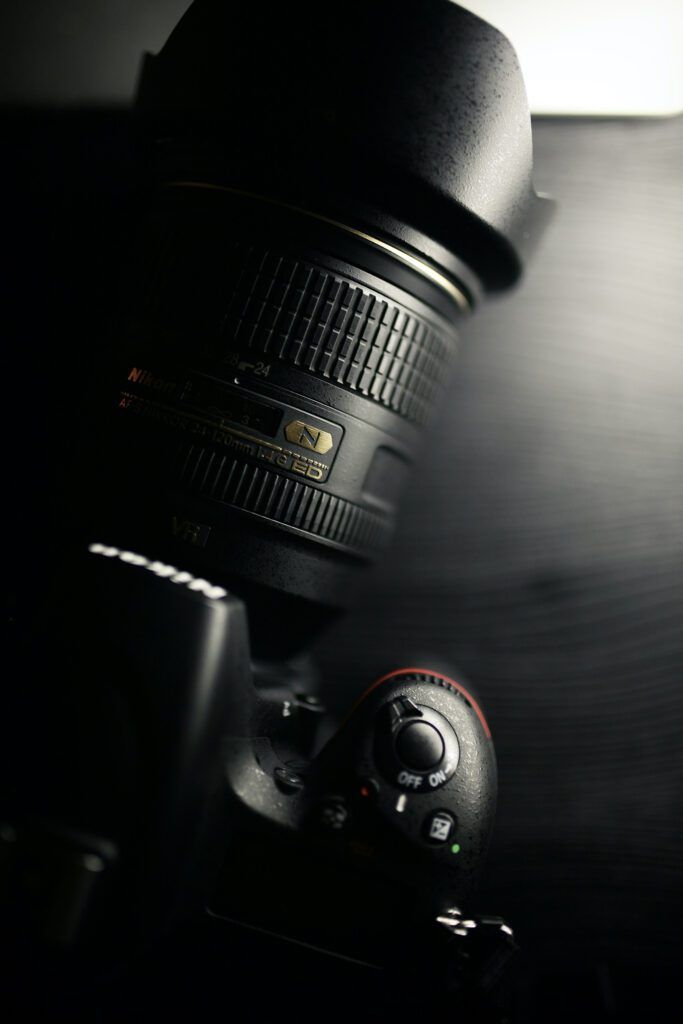
- Set up your camera
- Practice with unfamiliar equipment
Confirm Project Details and Expectations
Before the photoshoot, make sure you have contact information for everyone involved: your client, your client’s mother, the hairstylist, your assistant, the florist, the location supervisor, etc. Photoshoots may involve you and one other person or a whole host of people. Create a contact list so you can get in touch with everyone quickly if there is a change of plan or something goes wrong. Also, make sure everyone can easily contact you. If your client is running late, they need to be able to call or text to let you know.
Have a conversation with your client before the photoshoot to go over details and clarify expectations. This isn’t the first conversation you have had with the client, but this is the time to find out if everyone is on the same page. Double-check even the most obvious things. Photoshoots only go wrong if you do not have a clear idea of what the client is expecting. The images can be less than perfect, and the lighting equipment can fail, but if your client is happy and enjoys the photoshoot experience, almost anything else is forgiven.
Double-check that your ideas are the same as your client’s. This is your last chance to find out that your client wants a romantic look, and you are thinking urban grunge. Clients are not always good at communicating a look, but they may be able to show you what they want. Ask your client to find inspiration images – images that show you what they want. Inspiration images can come from anywhere, such as a magazine or online. Your client may not be able to tell you exactly what they like about the images, but you can tell a lot about what your client is thinking. If the inspiration images conflict with something your client tells you, this can be a point of discussion.
Make a shot list with poses. You can be spontaneous during the photoshoot, but in the heat of the moment, it is easy to overlook an important shot. During the photoshoot, take a moment and check off the shots on your shot list. This gives you a mental break to regroup. You do not want to do this right at the end and then rush to try and get essential shots.
Money and time are two key issues for discussion. Make sure everyone is clear on both. Confirm dates and times. Make sure everyone knows the schedule and how long the session is going to be. Corporate clients, for instance, are not going to want to wait around. Models get paid, so extending the session can cost money. But even the average family has other commitments. A longer-than-expected photoshoot may create tension and fatigue. On the flip side, an unexpectedly short photoshoot may make your client think they are not getting their money’s worth.
Clients are not always good at communicating a look, but they may be able to show you what they want.
Also, make sure your clients know your post-processing timeline. Do not promise images before you can realistically deliver them. Your clients may be expecting the images quickly because they are excited to see them. It is better to overestimate the time and deliver earlier than underestimate the time and deliver late.
This is also the time to make sure you have a signed contract. Contracts clarify expectations between you and your client. Bring backups to the photoshoot if your client needs to sign a release or contract in person.
Money is often a source of tension, both for you and your client. If you are expecting payment, be clear about this with your client. Be ready to take payments on location. If you are expecting cash, your client needs to know this in advance.
Confirm expectations with everyone involved in the photoshoot. Make sure your assistant knows when to show up and his or her duties. If a stylist is expected, confirm the time and place. Clear communication will solve a lot of potential problems before they happen.
Confirm Project Details and Expectations
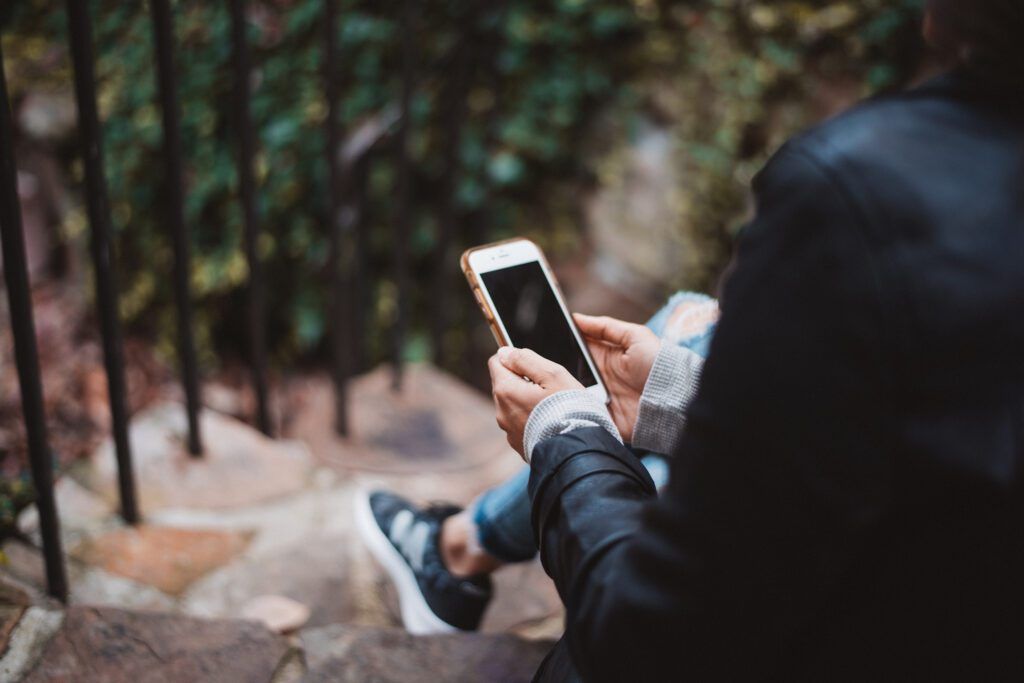
- Create a contact list
- Confirm details and expectations with your client
- Confirm time and location with your client
- Collect inspiration images
- Make a shot list with poses or setups
- Check for a signed contract
- Clarify payment details
- Confirm expectations with everyone involved in the photoshoot
Scout Location
If you are shooting on location, make time to visit the place. Ideally, you want to visit the space before the photoshoot at approximately the same time of day. If this is not possible, arrive early. Prepare for the light. Look for natural reflectors and shady spots to use if the sun is too harsh.
Look carefully at the light, and background, and use props like a wall or a bench. Be aware of powerlines or other objects. These might not be distracting during the photoshoot, but they become glaringly obvious in post-processing. You want to get everything you can right in-camera. Even if you can post-process around a distraction, you are not going to want to fix hundreds of images!
This includes lots of people or other distractions. If you have photoshoots in many different locations, take a series of reminder snapshots that you can refer to when you arrive for the photoshoot. If you are shooting in a popular spot, know the private places that others do not.
You want to get everything you can right in-camera. Even if you can post-process around a distraction, you are not going to want to fix hundreds of images!
On a more practical note, know where the toilets are and if there is a private place for a wardrobe change.
Some popular photography locations require permission and fees. Check if you need permission to shoot at the location. Research where you plan to shoot and fill out any paperwork needed. You do not want to get to a location and be surprised or confronted by security in front of your clients. Know if there are opening and closing times, and who is in charge at the location. Have contact information for anyone with keys to the venue.
Scout Location
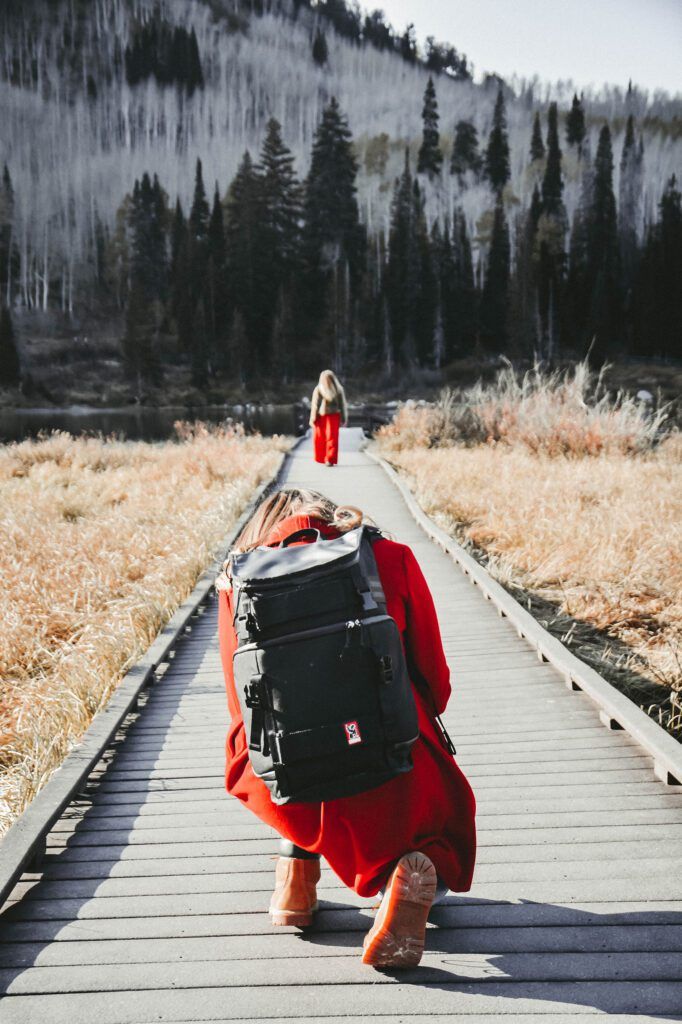
- Access information
- Research permission and fees
- Visit the location
Plan Backup
Finally, have a backup plan. No one wants to cancel a photoshoot for inclement weather or unexpected problems. Talk to your client about what situation might trigger a cancellation or backup plan.
Have an alternate location ready and plan for extra time. When things go wrong, you have the choice to cancel a photoshoot or use what you have got. If you are always looking for the perfect conditions, you will limit the number of photoshoots you can do. Also, your clients may be irritated by multiple cancellations.
If your photoshoot is outside, keep your eye on the weather forecast. The weather might not be what you planned, but it could work out better.

Plan Backup
- The situation that triggers a backup plan
- Alternate location
- Alternate time
- Check the weather the day before and an hour before
Conclusion
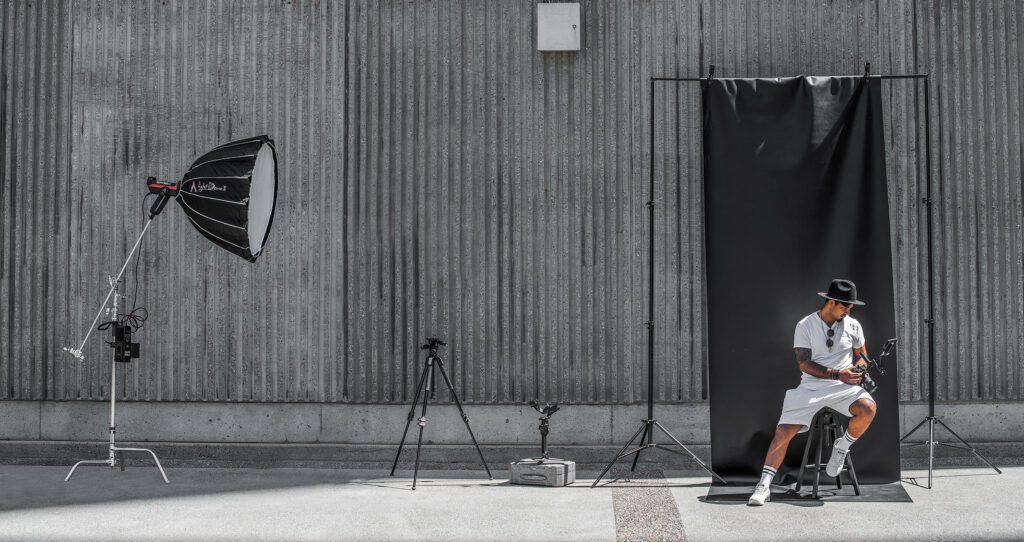
You cannot prepare for every situation, but with experience and organization, you can anticipate problems. You likely have more experience than most of your clients. Wedding photographers go to more weddings than their brides. Seniors do their photoshoot only once, but you do these many times a season. You are not only the photographer but the photo director. Your clients look to you for direction and advice. You can help the photoshoot run smoothly by helping your clients know what to bring and being clear about how you envision the photoshoot. Your organization helps make the entire event a success. A photoshoot prep checklist ensures that you do not forget something important.
You are not only the photographer but the photo director. Your clients look to you for direction and advice.
The newer you are to photography, the more you want to practice. Practice all the things you can beforehand. Set up lighting and sets in the location or at home. Know how much time this takes.
Time in preparation pays off during the photoshoot. You have taken care of things beforehand so you and your client can enjoy themselves at the photoshoot. Equipment stops working, but you don’t panic, and it does not worry the client. You are prepared.
Recommended Reading: Want a simple way to learn and master photography on the go? Grab our set of 44 printable Snap Cards for reference when you’re out shooting. They cover camera settings, camera techniques, and so much more. Check it out here.
Photoshoot Prep Checklist
Collect Supplies, Equipment, and Gear
- Camera
- Lens(es)
- Backup camera
- Backup lens(es)
- Formatted SD cards
- Charged batteries
- Lighting equipment
- Batteries and cables for lighting equipment
- Light stands
- Water
- Photoshoot outfit
Prepare Equipment and Gear
- Set up your camera
- Practice with unfamiliar equipment
Confirm Project Details and Expectations
- Create a contact list
- Confirm details and expectations with your client
- Confirm the time and location with your client
- Collect inspiration images
- Make a shot list with poses or setups
- Check for a signed contract
- Clarify payment details
- Confirm expectations with everyone involved in the photoshoot
Scout Location
- Access information
- Research permission and fees
- Visit the location
Plan Backup
- The situation that triggers a backup plan
- Alternate location
- Alternate time
Self-Check Quiz:
- Why is it important to have a photoshoot prep checklist?
- List five things that should be on your photoshoot prep checklist.
- List the gear you need for a photoshoot.
- What types of things do you need to have to keep yourself and your client comfortable?
- Why is a contact list important?
- What are inspiration images?
- What types of details and expectations should you communicate with your clients?
- What are some details you may need to know about a photoshoot location?
- What situations may trigger a backup plan?
- What do you need to plan for when thinking about payment and money issues?
Assignment:
Make the generic checklist in this guide more personal. Think of your next photoshoot, whether this is a scheduled shoot or one that you hope to do. Create a specific checklist for this photoshoot. List the gear you will need and the camera settings. Make a contact list and choose a location.


